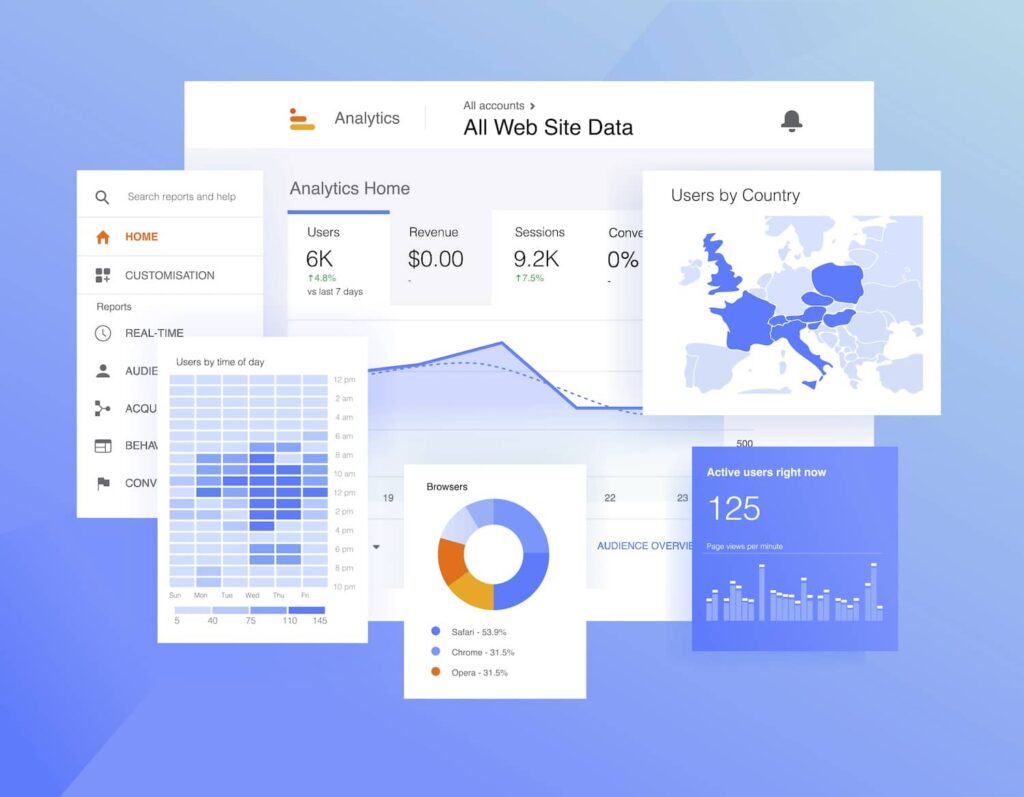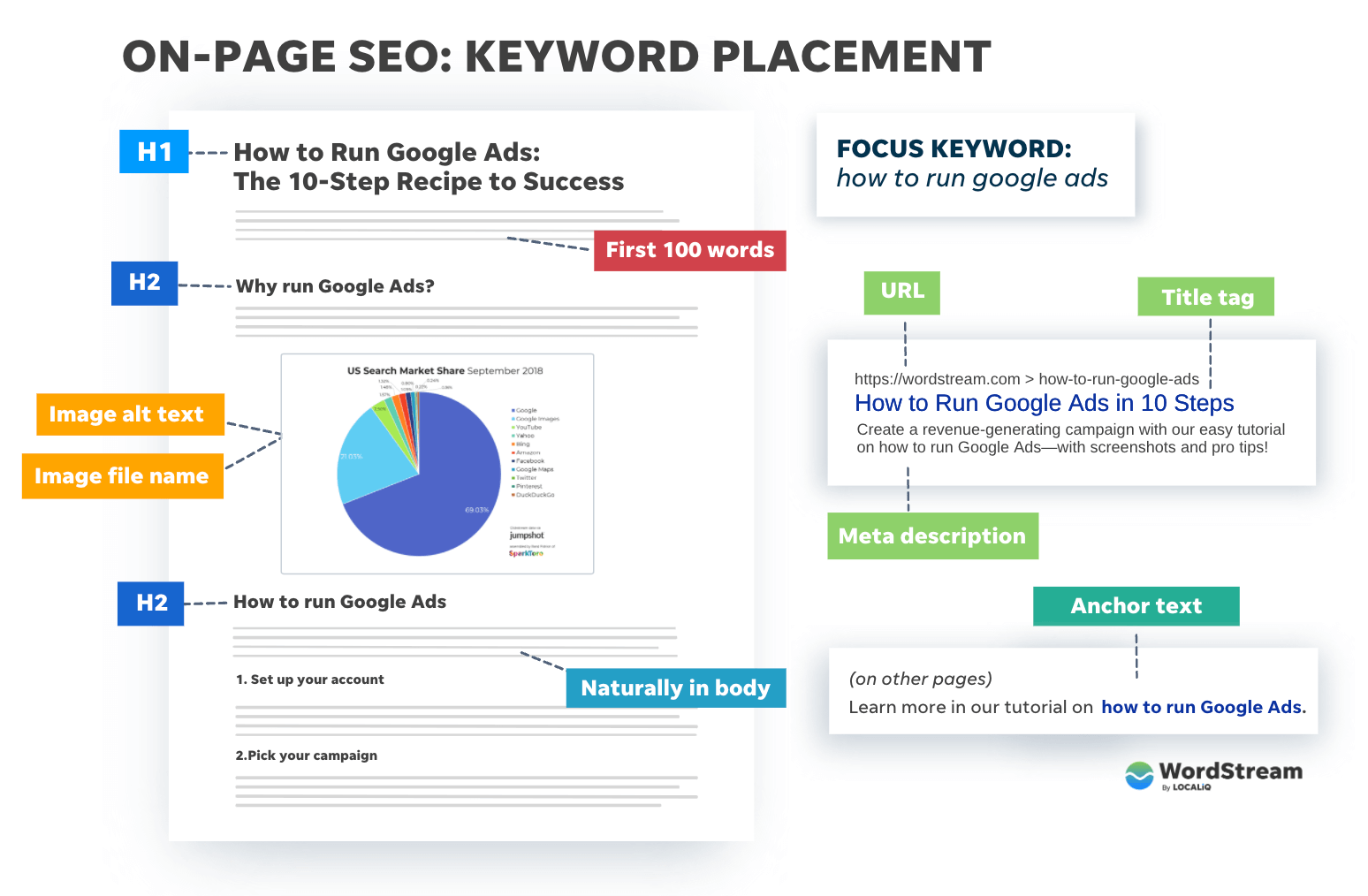Grasping Secondary Dimensions in Google Analytics: Their Value and Reliable Use
Grasping Secondary Dimensions in Google Analytics: Their Value and Reliable Use
Blog Article
Introducing the Impact of Secondary Measurement in Google Analytics on Data Analysis and Insights
In the world of information analytics, the utilization of additional measurements within Google Analytics has actually arised as an essential device for removing much deeper understandings and unraveling complex patterns that might otherwise remain obscured. By peeling back the layers of primary data sets, secondary dimensions use a nuanced perspective that enriches the understanding of individual habits, site performance, and the efficiency of advertising and marketing approaches.
Discovering the Principle of Second Measurements
Additional dimensions in Google Analytics offer additional insights by allowing users to analyze key information in combination with an additional quality. This function enables a more extensive understanding of the main data by adding another layer of info for analysis. By including secondary dimensions, individuals can dig deeper right into the data and uncover beneficial relationships that may otherwise go undetected. For instance, by matching the key information of site traffic with secondary dimensions like demographics or actions, online marketers can gain an extra detailed view of their target market and tailor their approaches appropriately.
Comprehending the concept of secondary measurements is essential for optimizing the potential of Google Analytics. It allows individuals to sector data effectively, identify patterns, and make educated decisions based on a more complete image of their analytics information. By exploring the different second dimensions readily available in Google Analytics, individuals can unlock brand-new understandings and maximize their electronic marketing efforts. Fundamentally, additional dimensions act as a powerful device for improving information evaluation and driving workable outcomes.
Enhancing Information Analysis With Second Measurements
Having actually developed the fundamental understanding of secondary measurements in Google Analytics and their essential function in data evaluation, the focus currently moves towards leveraging these second credit to boost the interpretation of analytics information (what is a secondary dimension in google analytics). By including secondary dimensions into information evaluation, experts can acquire deeper insights right into user actions, site performance, and advertising and marketing effectiveness

In addition, second dimensions help in contextualizing key information metrics by offering additional layers of details. This contextualization aids in understanding the 'why' behind the information patterns, aiding experts make informed choices and optimizations to improve total performance. Inevitably, including additional measurements enriches the data analysis process, causing more purposeful insights and calculated actions.
Discovering Hidden Insights Through Additional Dimensions
Checking out the depths of analytics data with second dimensions discloses valuable insights that would certainly otherwise continue to be covered. By incorporating second dimensions in Google Analytics, businesses can discover concealed patterns, trends, and relationships that give an even more detailed understanding of customer behavior and website efficiency. These added layers of data permit experts to delve much deeper into the main measurements, such as website traffic resources or touchdown web pages, and acquire a more nuanced perspective on exactly how various variables engage with each various other.
Through using secondary dimensions, experts can segment and compare data across different measurements, enabling them to identify specific factors that influence individual involvement, conversion rates, and total success metrics. For example, by pairing the key measurement of 'gadget group' with the second dimension of 'age,' online marketers can identify which age demographics like accessing the internet site via mobile phones versus desktops. This level of granularity equips businesses to make data-driven decisions and enhance their approaches for much better results. Ultimately, uncovering surprise understandings with secondary measurements enhances the depth and accuracy of data evaluation, resulting in more educated decision-making and improved efficiency end results.
Leveraging Additional Dimensions for Actionable Analytics
Structure upon the insights revealed through secondary measurements in Google Analytics, services can now harness this enriched information landscape to drive workable analytics and calculated decision-making. By leveraging second dimensions, organizations can dive much deeper into their information to extract beneficial patterns, trends, and relationships that may have formerly gone undetected. This deeper degree of analysis makes it possible for organizations to gain a more thorough understanding of individual behavior, project efficiency, and overall internet site efficiency.
One key benefit of using secondary measurements for actionable analytics is the ability to sector data based upon certain criteria. This division allows organizations to tailor their campaigns and approaches to different target market groups, bring about much more targeted and reliable advertising and marketing efforts - what is a secondary dimension in google analytics. In addition, secondary measurements offer an even more holistic sight of user interactions, making it possible for companies to enhance their internet site content, style, and total user experience
Maximizing Decision-Making With Additional Measurements
To enhance calculated decision-making in analytics, leveraging second dimensions in Google Analytics can supply a more nuanced point of view on user actions and campaign efficiency. By integrating additional dimensions into data evaluation, businesses can delve much deeper right into the specifics of their website site visitors' communications and involvement patterns. This extra layer of info enables for a more extensive understanding of how various variables, such as demographics, tools, or web traffic resources, influence crucial performance indicators.

Conclusion
Finally, the use of second dimensions in Google Analytics plays an important role in improving data analysis and revealing covert understandings. By exploring this principle, one can gain a much deeper understanding of user habits and make educated decisions based upon actionable analytics. Leveraging additional measurements enables an extra detailed analysis of data and takes full advantage of the performance of decision-making processes.

Report this page